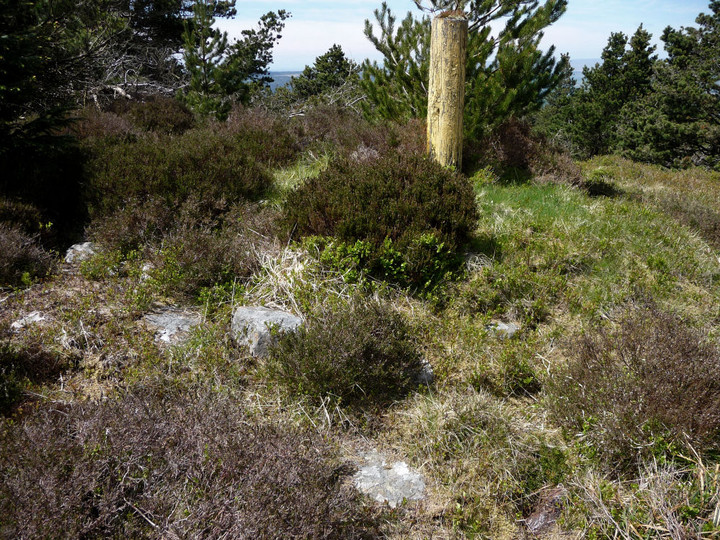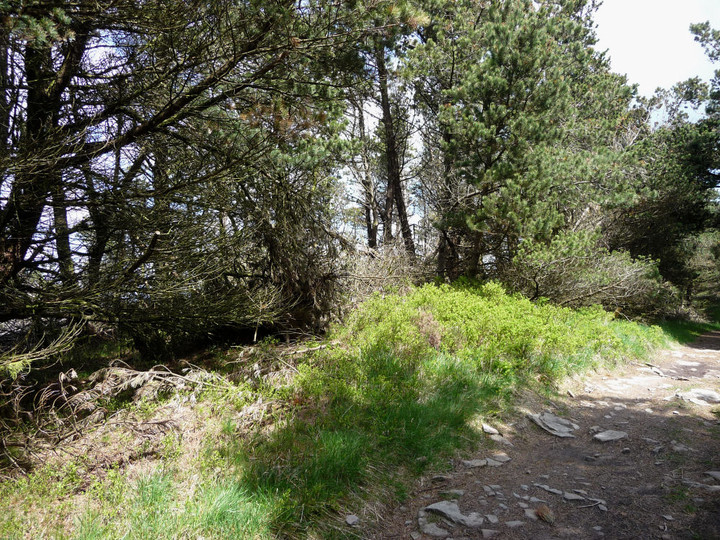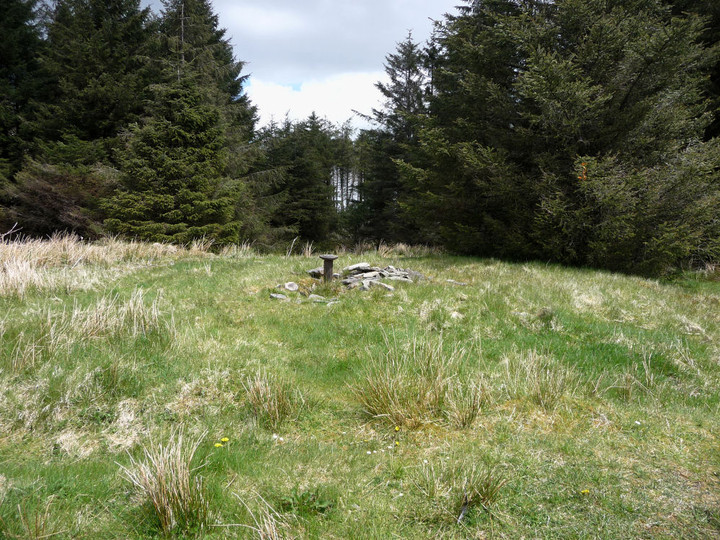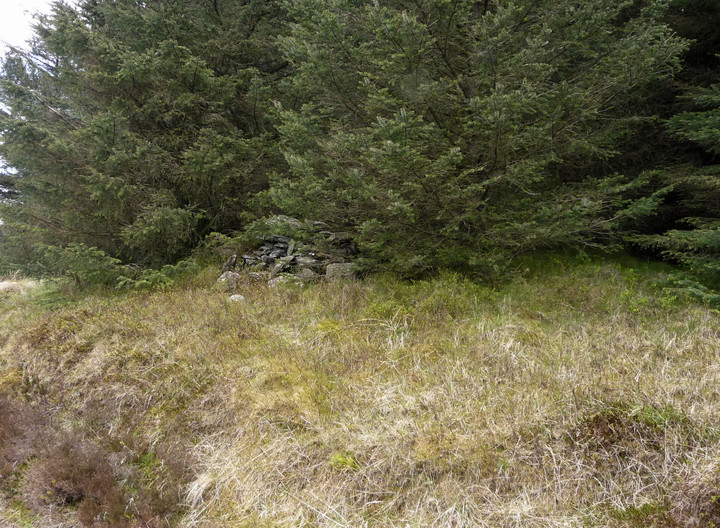Visited 8.8.13
Karen was out for the evening with her mother and the children had a sleep-over so I had the evening to myself (a rare event). It was cloudy but warm and dry so I wanted to make the most of my ‘opportunity’.
I decided to head up the Rhigos – that mountain road which is sure to close at the first sign of any wintry weather – although that was something I didn’t need to worry about today. I had my map and boots in the car so straight from work I headed west.
Although the distance from Newport isn’t that great you do have to contend with not only the ‘rush hour’ but also the narrow, twisting roads of the former mining villages you have to drive through. Tonyrefail, Penygraig, Tonypandy, Trelaw, Treorchy and Treherbert – names to conjure with but not greatest of places to drive through.
The road climbs higher and higher but eventually I arrive safe and well at the Craig y Llyn car park – complete with burger van, picnic tables and an information board which includes details of the Lyn Fawr Hoard. I also notice at least 15 crosses to (presumably) local people who again (presumably) have had their ashes scattered upon this view point. I read the inscriptions one by one and felt a little sad. The views from this vantage point are tremendous and you can see why people may want their ashes to be here. This leads me on to the whole point of my visit; to have a look at very much older final resting places of locals.
See, some things never change – what’s a good spot now was a good spot then.
I walked back along the edge of the surprisingly busy road (A4061) and the headed west along the ‘footpath’ towards the forestry plantation. The path skirts the edge of a long drop down towards Llyn Fawr – affording great views of both the lake and the countryside. The trees on the eastern edge of the forestry (as shown on my O/S map) have now been cut down and they only start shortly before I reach my first target of the evening – Garn Fach.
Garn Fach
I searched and searched for this Cairn but to no avail – despite it being right next to the track. ‘Topped by a modern stone pile 1.7m high’ – not even I could fail to spot that, despite the trees. The pile of stones are no longer there and as for the location of the Cairn? – your guess is as good as mine. I simply couldn’t find any trace of it and I know I was in the right place. Perhaps a tree is now growing on top of it?
I continued west along the rough path to reach target number 2 – Y Foel Chwern
This path by the way is called cylchoedd-a-dolenni (loops and links)
Y Foel Chwern
This Cairn was a lot easier to spot; mainly because of the painted sawn-off telegraph pole which now more of a yellow colour. The Cairn is covered in heather and a young fir tree is growing out of the top. There are many large stones sticking out of the surface. There would no doubt be good views if it weren’t for the trees all around.
A little further west brought me to my third target – Craig-Y-Pant
Craig-Y-Pant
This is no more than a low grass covered mound surrounded by trees. If you didn’t know it was there you would walk straight past none the wiser. Little else to report.
Finally it was time to head for my fourth (and final) target – Carn Foesen
Carn Foesen
I walked back to the spot where Garn Fach Cairn is supposed to be and then south along the track. You first pass an ornate metal sign/post (National Cycle Network) and you then soon come to the small cast iron boundary post and the adjacent Cairn.
The Cairn (for a change) was easy to spot and consisted of a low mound of grey stones with the centre hollowed out. What this does do is show the clear outline of where the cist is/was although it is now full of stones and I was unable to identify any edging stones of the cist itself.
I then turned my attention to the memorial to little Willy Llewellyn. I realised I had been here before, several years ago, before Dafydd was born. The memorial was covered in ‘gifts’ – teddies, toys, coins etc. I added a sweet for what it was worth (although it felt right to leave something). I am not a particularly emotional person (ask Karen!) but I was deeply moved when reading the epitaph. I can’t even begin to imagine how a small child of Willy’s age could have got out here? The terror he must have gone through and I didn’t even want to think about how things ended for him. Willy was only 5, the same age as Dafydd, perhaps that’s why it affected me so much. It may sound strange but I couldn’t bear to stay here very long.
I continued south along the track before heading east, back to the car park, via a road used by the forestry lorries. The first time I came here I actually drove up this road to park a lot closer to the Cairn/Memorial – although I doubt I was supposed to! In reality (at this time of day) there would be nothing to stop you driving up the forestry road as it does not have a barrier preventing access and the road is well made.
All in all there isn’t a lot to recommend in visiting these Cairns. It is a fair old walk from the car park, along rough paths, and the Cairns aren’t much to shout about.
I would suggest it would be better to stop at the car park, have a cuppa and a burger, and enjoy the great views out towards the Brecon Beacons and below over Llyn Fawr.
I had intended to also visit the nearby Craig-Y-Bwlch Cairns but once again time got the better of me. One for next time……………….



























































































































































